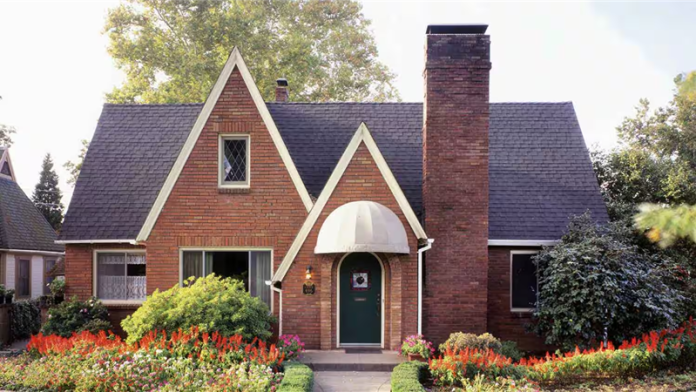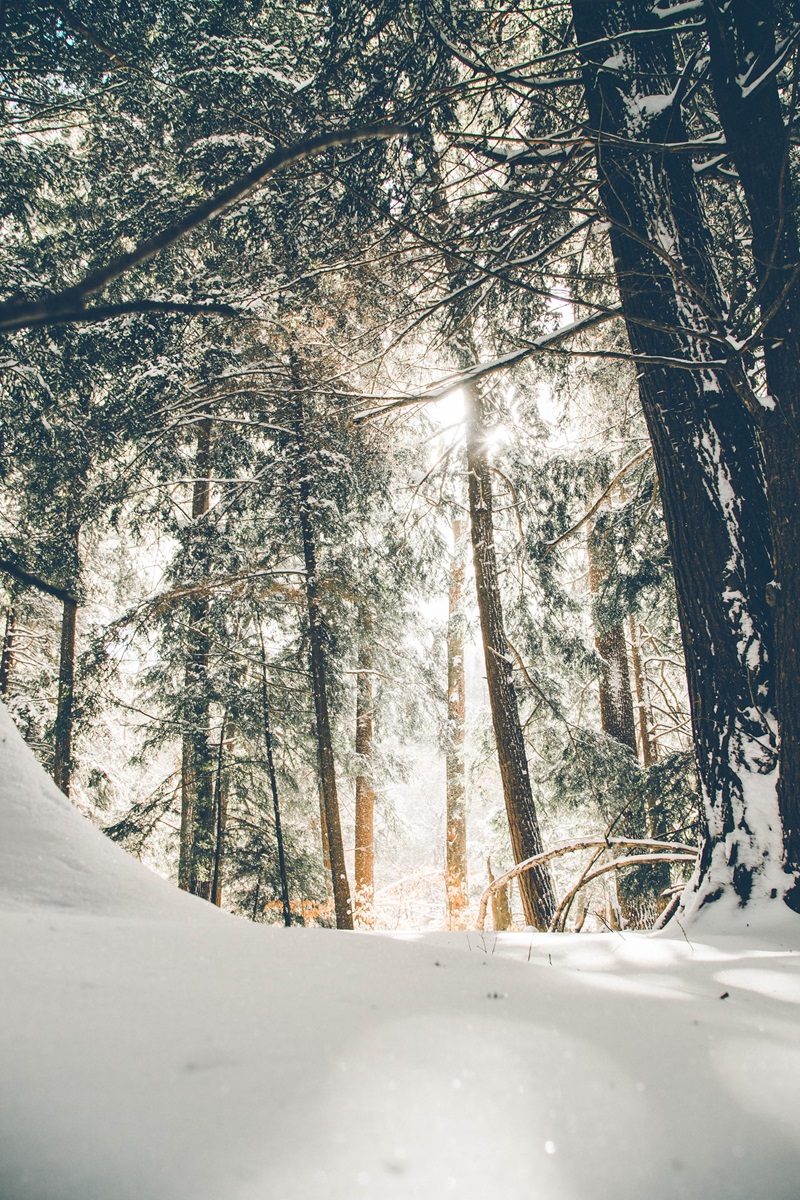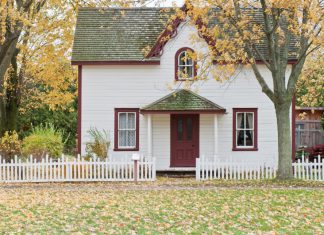Homeowners have to be proactive in getting their houses ready for the severe circumstances that winter might bring. Doing necessary repairs now will save you time, money, and worry down the line.
Here is a guide to pre-winter home repairs.
Protecting Your Pool With a Quality Pool Cage
Making sure your pool area is suitably covered becomes crucial before winter sets in. In the winter months, having a pool cage may provide a barrier against trash, severe weather, and even unwelcome animals.
A well-built cage keeps your pool cleaner, thus lowering the need for constant maintenance. Consider pool cage rescreening services as part of your pre-winter plans to make sure your enclosure stays whole, therefore giving your pool the best protection during the colder months.
Check and Seal Windows and Doors
Poorly insulated windows and doors raise winter heating expenses and make life miserable. To fight this, first look for cracks and gaps around every door and window and use an incense stick or lighted candle to find airflow. Any obvious fluttering flame or smoke points to a draft. Seal any cracks with caulk or weather stripping so that warm air remains inside and cold air stays outside.
This easy yet efficient action not only increases comfort but also raises the general energy efficiency of your house, thereby reducing your utility costs. If your windows are outdated and ineffective, think about replacing them with contemporary, energy-efficient types meant to resist winter temperatures.
Service Your Heating System
Make sure your heating system is operating as it should before the winter arrives. To handle any possible problems, including unclean burners or blocked filters, arrange a professional check of your boiler or furnace. Regular maintenance helps your system to last longer and increase its efficiency, therefore helping to prevent unplanned failures when you most need heat.
Replace the air filters to increase system airflow and lessen the load on it. If you have a fireplace, have an expert examine and clean it to ensure suitable ventilation and avoid chimney fires. Look for any indications of creosote accumulation, which can cause a fire hazard.
Insulate Pipes and Attics
Frozen pipes brought on by cold weather might break and seriously harm your house’s water supply. Insulate uncovered pipes in unheated locations—basements, crawl spaces, and attics—to safeguard your plumbing. Foam pipe insulation is easy to install and offers a barrier against freezing conditions.
Checking your attic insulation not only keeps your house warm but also helps to prevent ice from building on your roof, therefore lowering the chance of ice dams causing leaks. Though this investment pays off in lower heating bills, think about adding insulation to seemingly under-insulated places.
Prepare Your Outdoor Spaces
Winter calls for you to get your outside areas ready to resist the cold. To avoid freezing and cracking—which may harm garden hoses—start by emptying and storing them. If you have outside furniture, either keep it inside or cover it with weather-resistant coverings to guard against snow and ice.
Look over your deck and patio for any required repairs—such as adding weatherproofing sealant or tightening loose planks. These fixes might help your outdoor buildings last for more years. If you have a sprinkler system, make sure it is adequately winterized to reduce damage from below the freezing line.
Test Carbon Monoxide and Smoke Detectors
Check the carbon monoxide and smoke detectors to lastly guarantee the safety of your house. Especially in the wintertime, when the heaters are functioning, these devices are crucial for family safety. Check each detector to make sure it operates as it should; change batteries as necessary to make sure they will notify you should an emergency strike.
If you find any older than ten-year equipment, think about totally replacing them, as their performance declines with time. Review your family’s emergency plan as well to make sure everyone understands where to go and what to do should a fire or carbon monoxide outbreak strike.
Conclusion
Your house’s comfort and safety will improve much more if you spend some time addressing these six areas before winter arrives. Examining your roof, sealing windows and doors, maintaining your heating system, insulating pipes and attics, preparing the outdoors, and verifying safety equipment will help you to welcome the winter with assurance.














